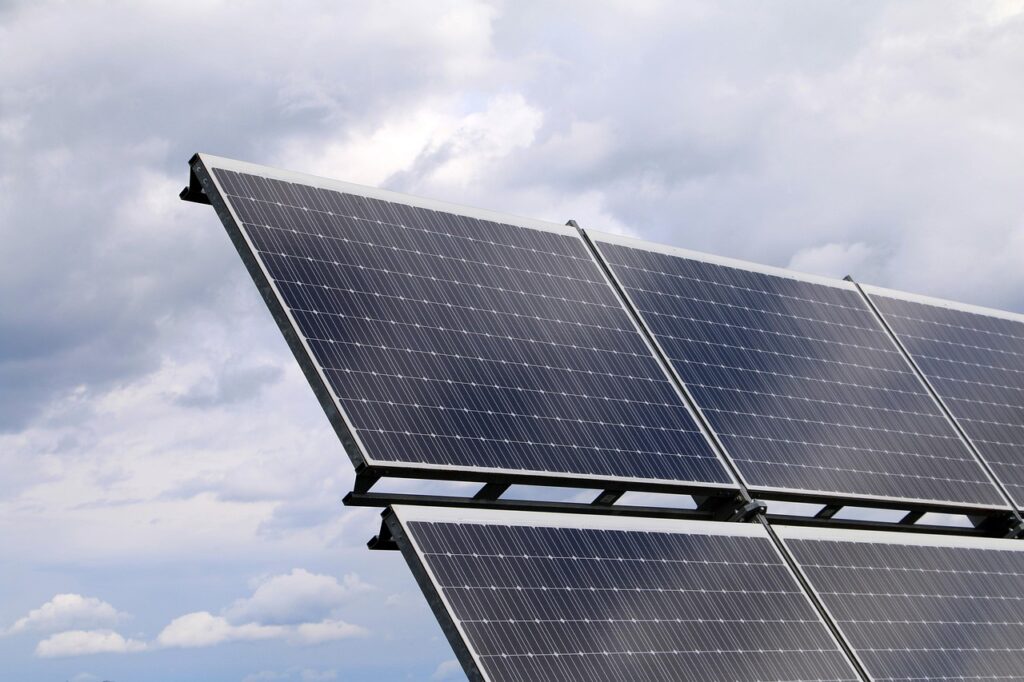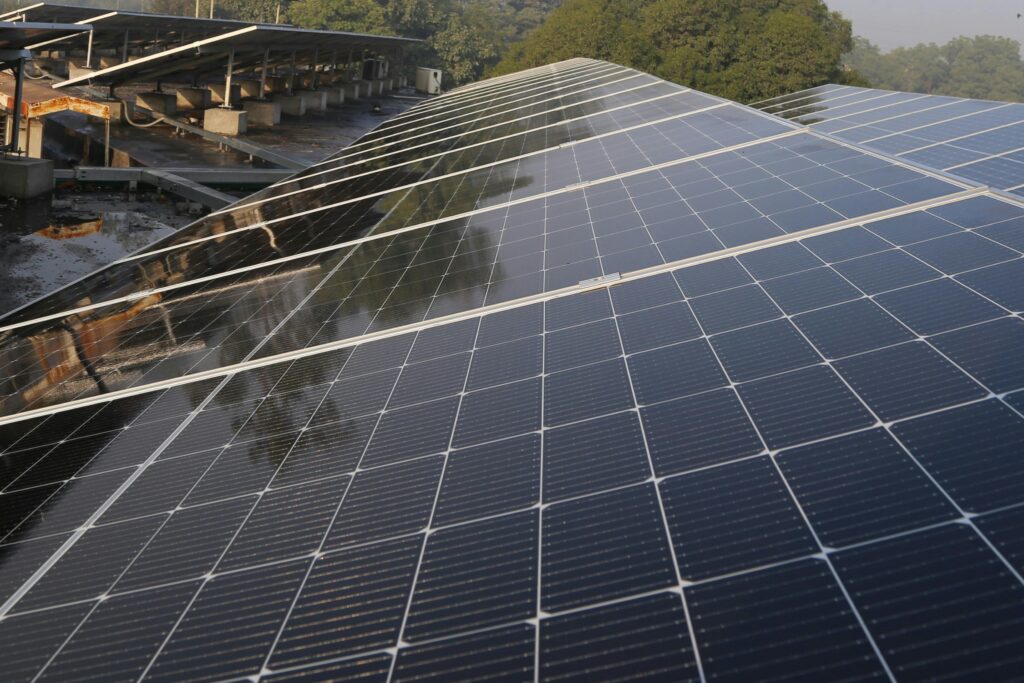Myths About Solar Energy
Solar energy is revolutionizing the global energy landscape by providing a clean, renewable alternative to fossil fuels. However, several myths and misconceptions persist, potentially discouraging individuals from adopting solar technology.
Myth #1:
Solar Panels Do Not Work in Cloudy or Cold Conditions
Reality: Solar panels generate electricity from sunlight, not heat. While their efficiency is highest in direct sunlight, they still produce power on cloudy days. For instance, Germany, despite its often overcast weather, leads in solar power generation globally. Additionally, cold temperatures can actually enhance solar panel efficiency because cooler environments reduce energy losses in the system.
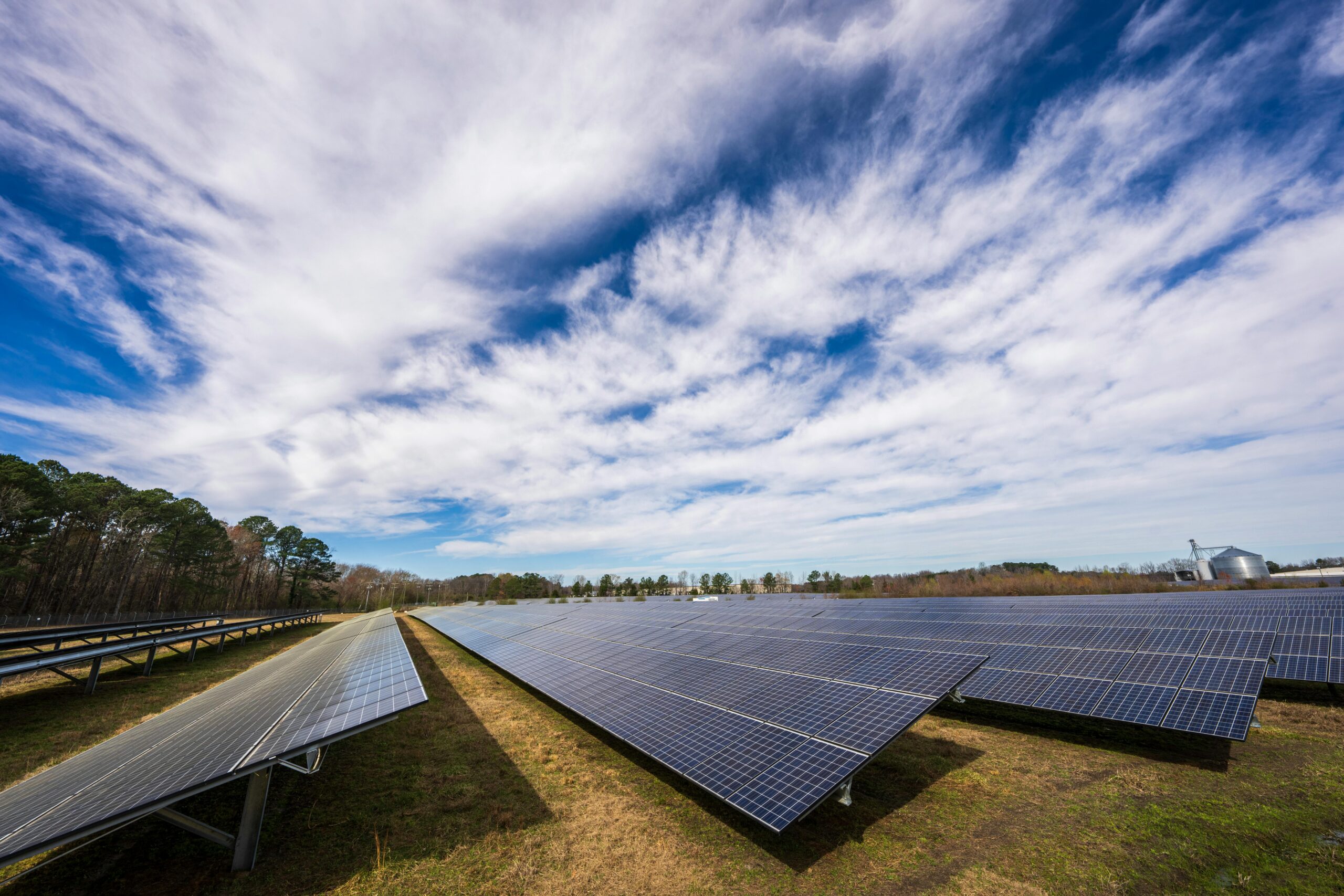
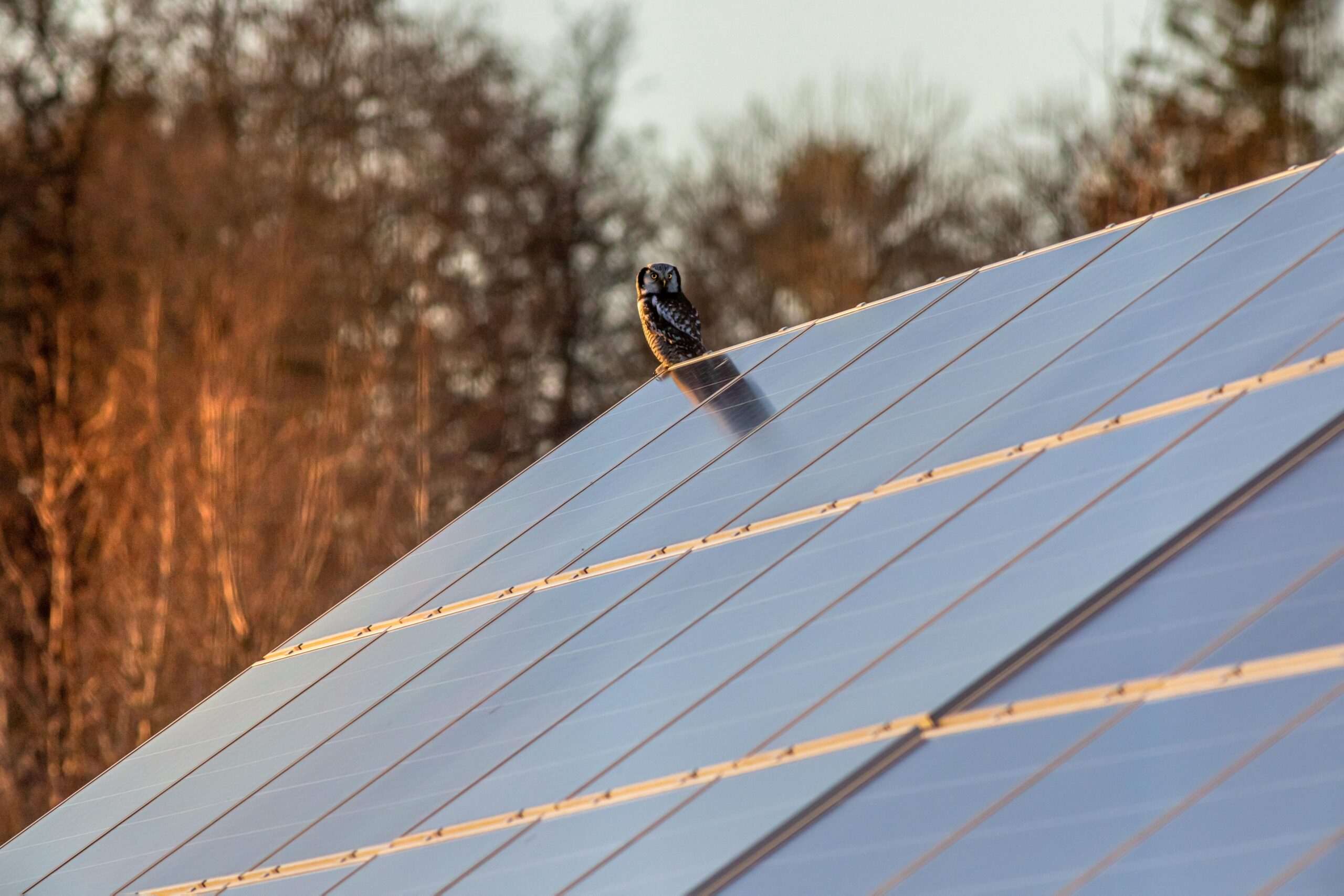
Myth #2:
Solar Energy Storage is Too Expensive
Reality: The cost of solar storage systems has plummeted over the past decade, driven by advancements in battery technology and increased production. Programs like federal tax credits, state-level incentives, and utility rebates further reduce the financial burden, making solar storage systems affordable for many households.
Myth #3:
Solar Energy Storage is Not Dependable
Reality: Modern solar battery systems, such as lithium-ion batteries, are engineered for reliability and longevity. These batteries efficiently store surplus solar energy for nighttime use or during power outages, providing consistent and dependable performance.
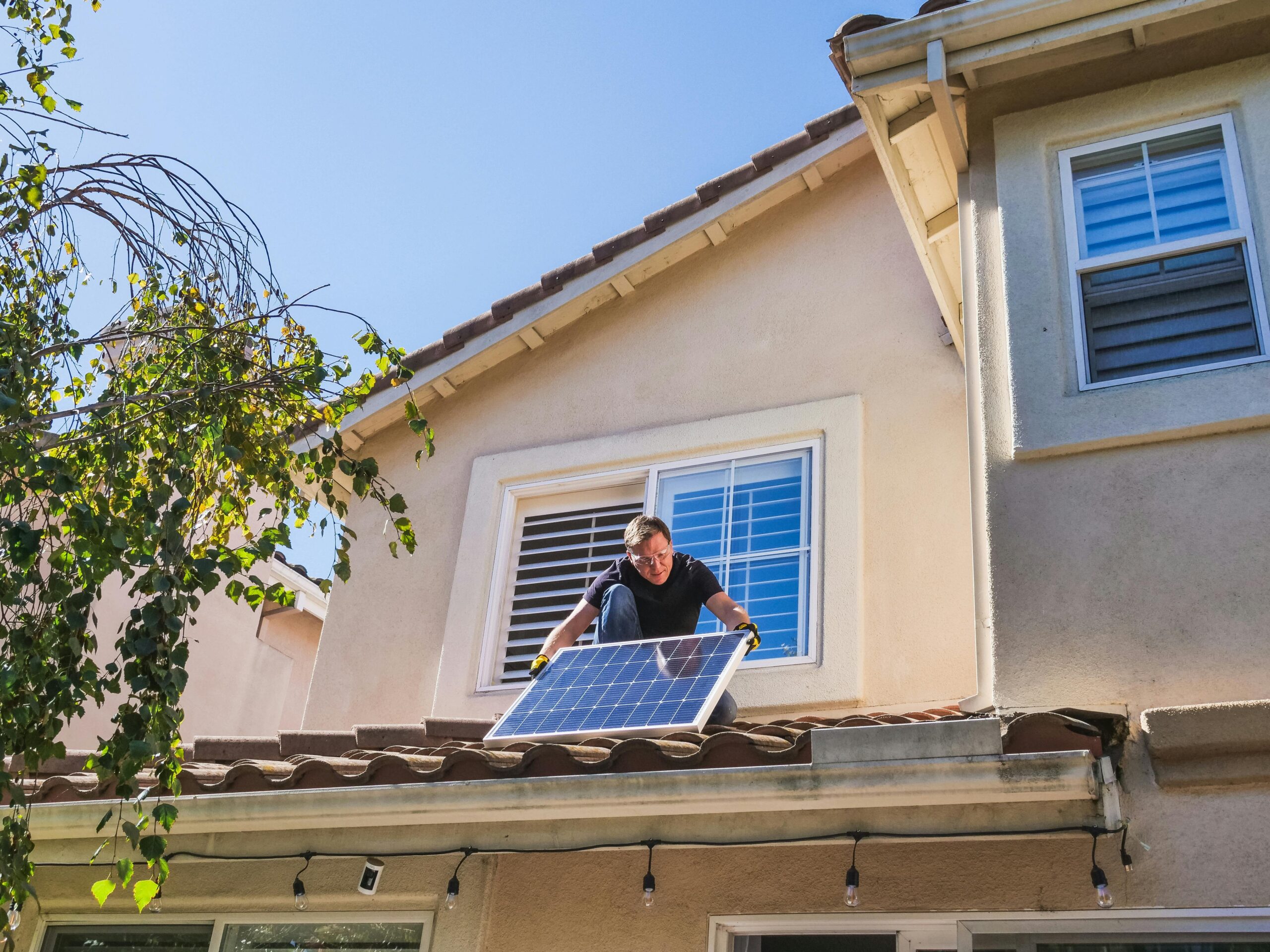
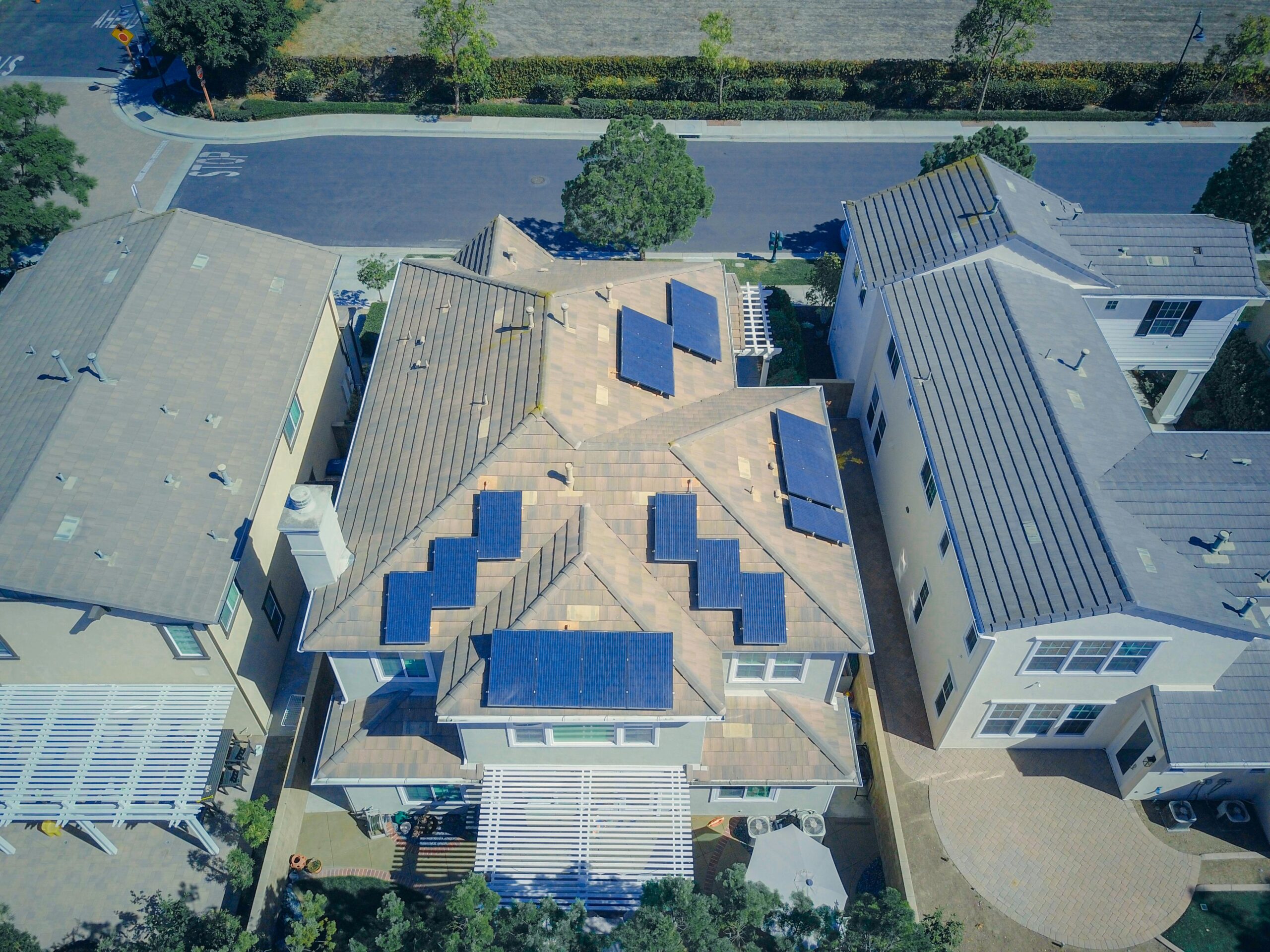
Myth #4:
Solar Panels Decrease Property Values
Reality: Studies consistently show that homes equipped with solar panels sell faster and at higher prices. Prospective buyers value the reduced energy costs and sustainability benefits that come with solar installations, often viewing them as a premium feature.
Myth #5:
Solar Panels Cause Damage to Roofs
Reality: Properly installed solar panels do not damage roofs; rather, they
protect the areas they cover from weathering. Professional installation ensures
the structural integrity of the roof is maintained, and many installations include
warranties that address any potential issues.


Myth #6:
Solar Energy is Not Really “Green” Because Manufacturing Solar Panels Uses a Lot of Energy
Reality: The energy payback time (EPBT) for solar panels ranges from one to four years. After this period, the panel produces clean, renewable energy for the remainder of its 25 to 30-year lifespan, significantly offsetting the initial energy used in manufacturing.
Myth #7:
Solar Panels Are Not Effective in Cold Weather
Reality: Cold climates do not hinder solar panels; instead, they can improve their efficiency. While shorter daylight hours in winter may slightly reduce energy production, panels remain highly effective in colder conditions as long as there is sufficient sunlight.
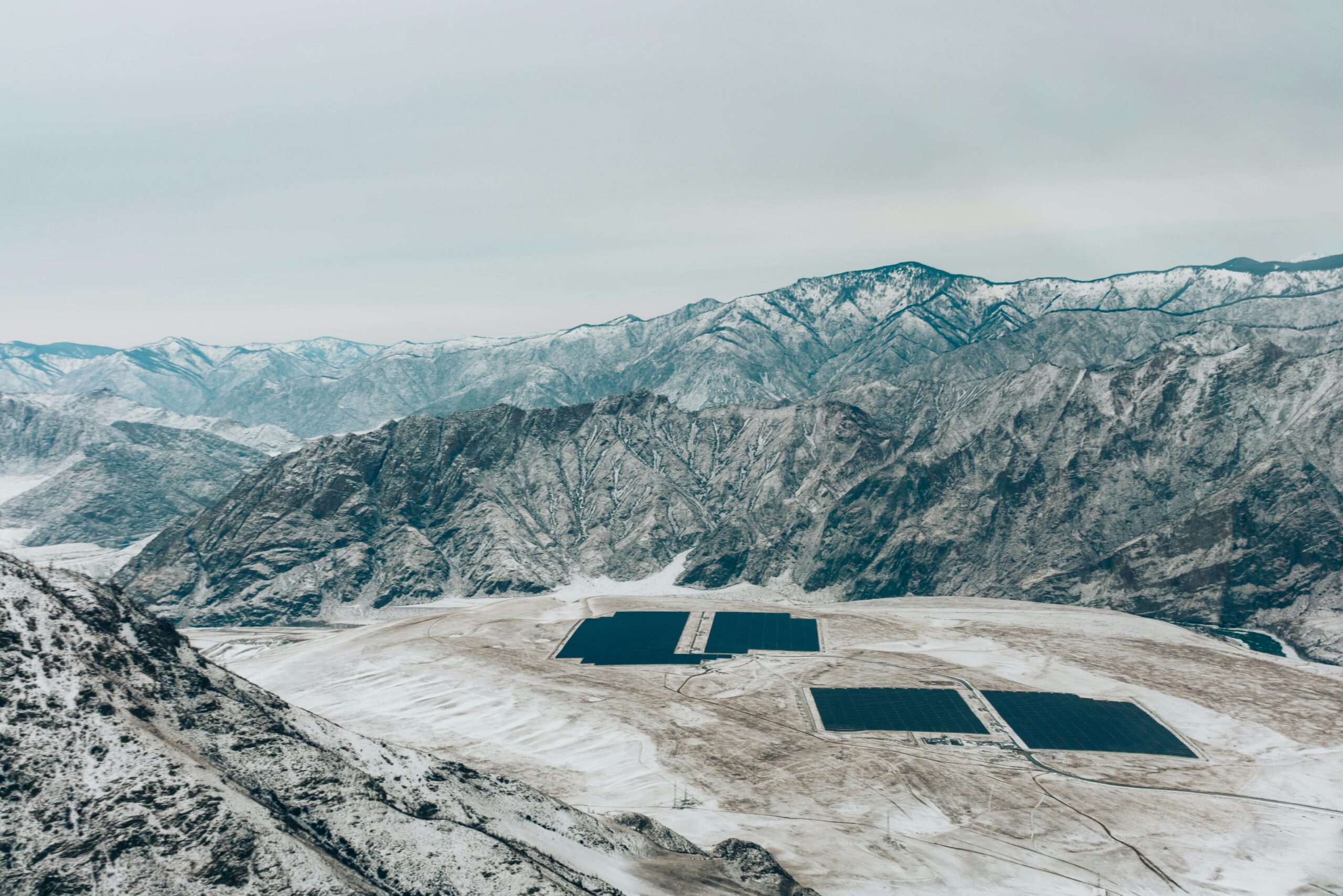
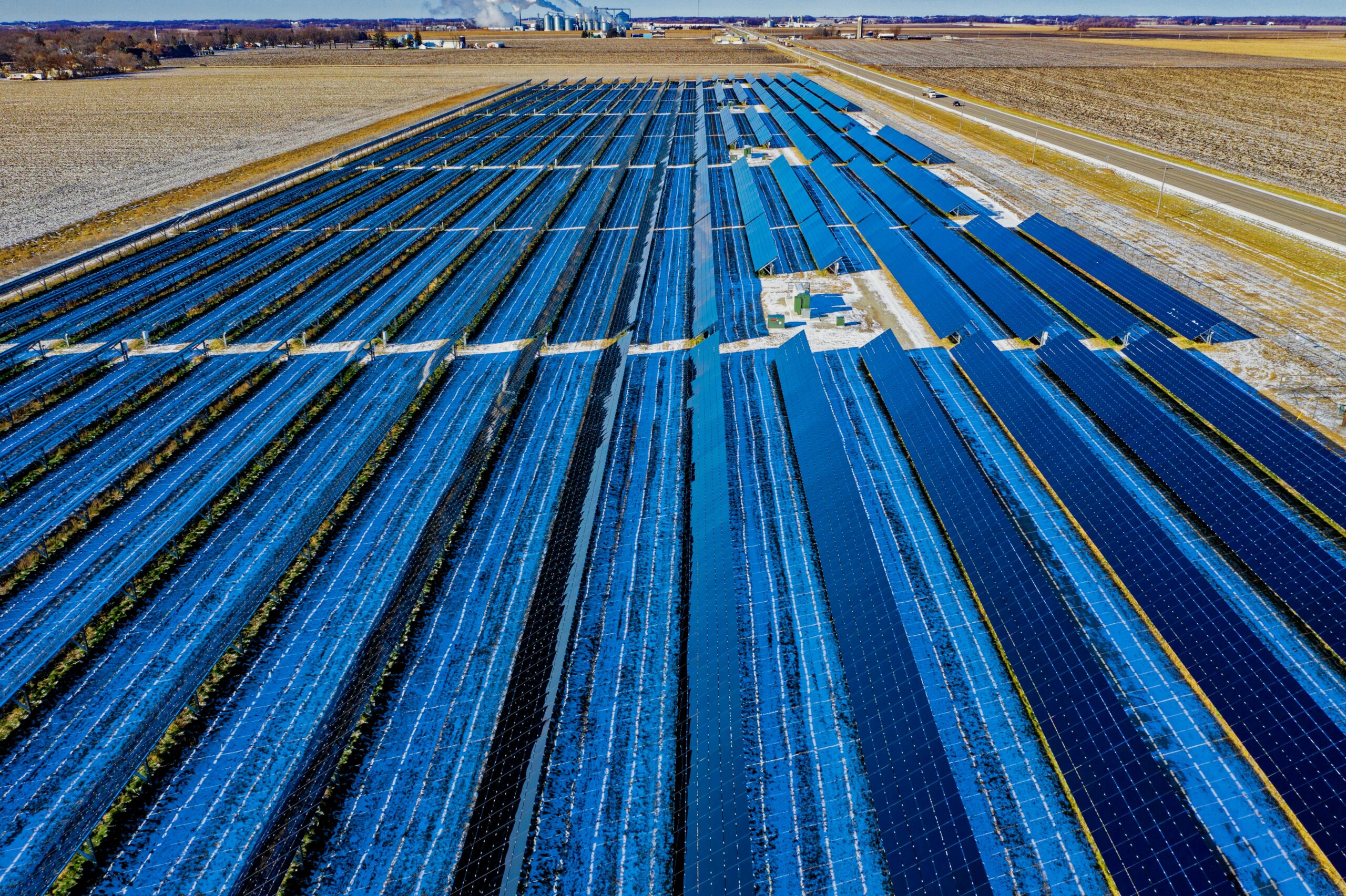
Myth #8
Solar Panels Have a Short Lifespan
Reality: Modern solar panels are built to last. With a lifespan of 25 to 30 years or more, they provide long-term energy production and a substantial return on investment. Regular maintenance can further enhance their durability.
Myth #9:
Solar Batteries Have a Limited Lifespan
Reality: Lithium-ion batteries, commonly used for solar storage, have a lifespan of 10 to 20 years, depending on usage patterns and maintenance. These batteries represent a durable and long-lasting solution for energy storage needs.
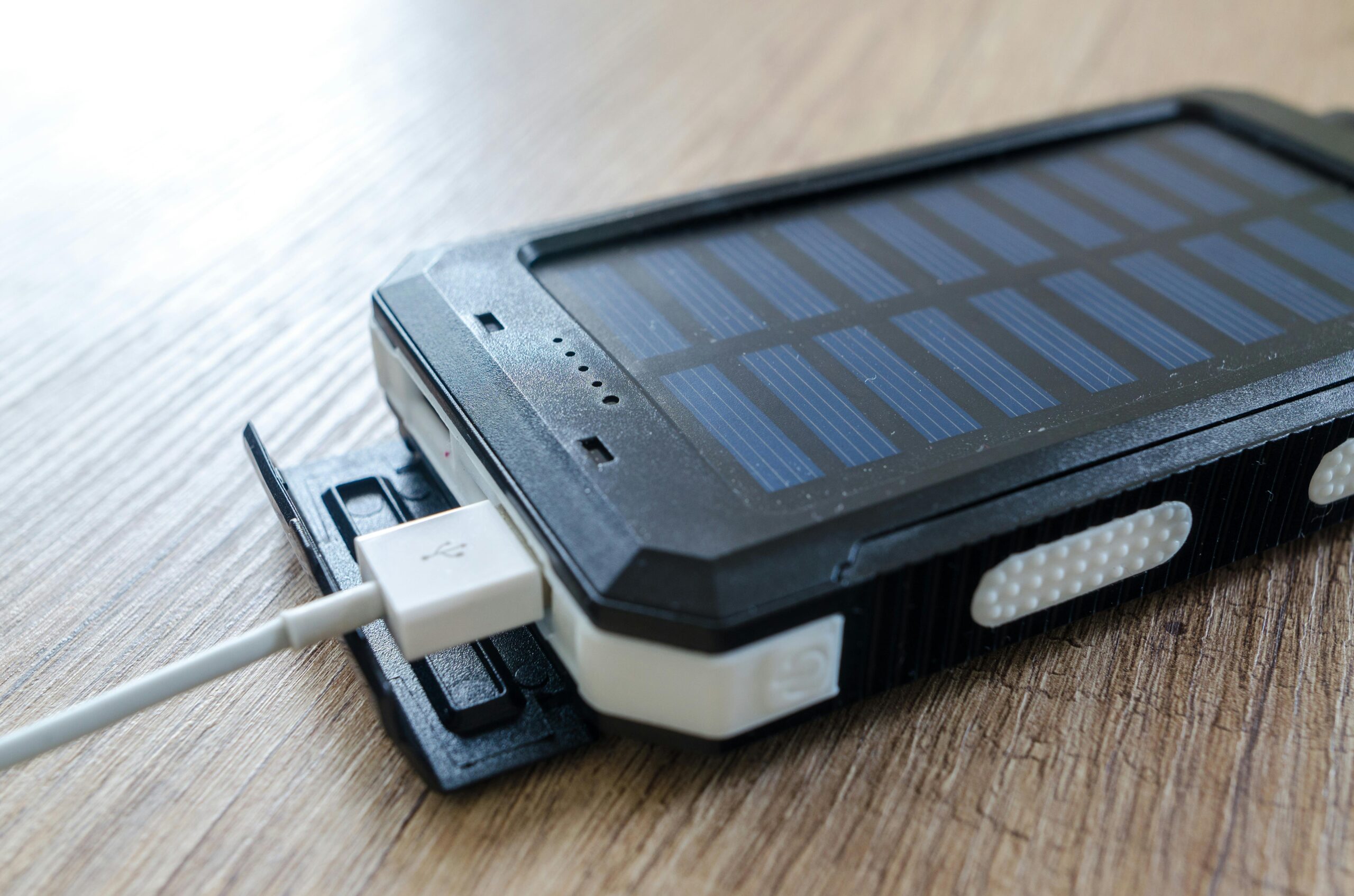
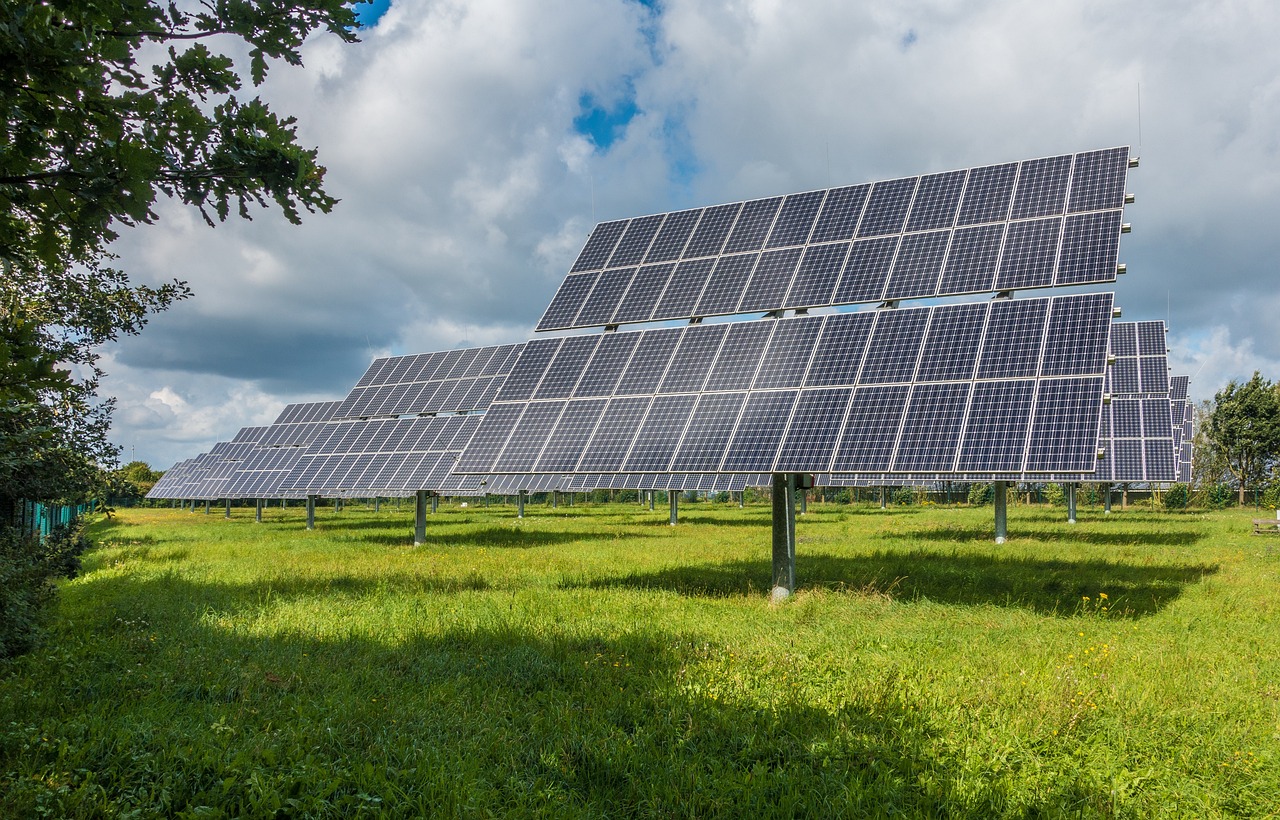
Myth #10:
Solar Battery Storage Isn’t That Efficient
Reality: Advancements in battery design have significantly increased efficiency levels. Modern systems effectively capture and store solar energy for later use, improving overall energy savings and contributing to sustainable energy management.
Myth #11:
Solar Batteries Are Expensive
Reality: While solar batteries were once costly, their prices have steadily declined due to technological improvements and economies of scale. Financial incentives like tax credits and rebates further enhance their affordability.


Myth #12:
Only Homeowners Who Want to Live Off the Grid Need Solar Battery Storage
Reality: Solar battery storage is valuable for all users, whether they are off-grid or connected to the grid. Batteries provide backup power, enhance energy independence, and allow users to maximize self-consumption of solar energy, reducing reliance on utility companies.
Myth #13:
With Net Metering Available, Solar Battery Storage Isn’t Necessary
Reality: Net metering can provide financial benefits, but policies may change over time based on utility regulations. Solar battery storage enhances energy independence by allowing homeowners to store excess energy for later use, reducing reliance on grid policies and ensuring consistent power availability.


Myth #14:
Solar Panels Are Difficult to Maintain
Reality: Solar panels require minimal maintenance. Occasional cleaning to remove dust and debris ensures optimal performance. Built to withstand harsh weather conditions such as hail, wind, and snow, modern solar panels are a durable and hassle-free energy solution.
Myth #15:
Solar Panels Are Not Efficient Enough
Reality: Solar panel technology has advanced significantly, with modern panels reaching efficiency levels of 20-25% or higher. Innovations like bifacial panels and enhanced photovoltaic materials further improve performance, making solar energy a highly competitive and reliable power source.
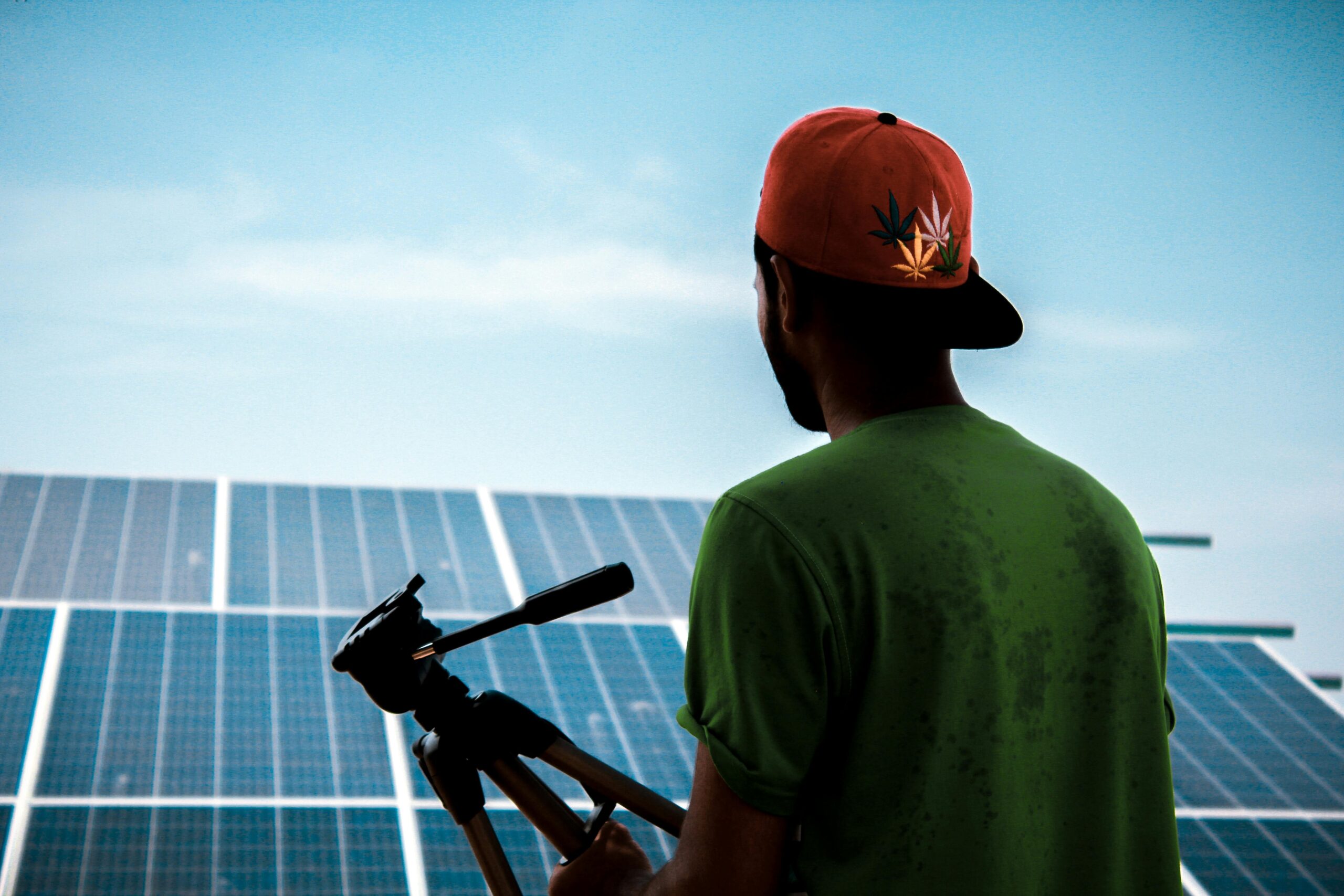
Our Blog
Stay Informed, Stay Green
Nature-Based Solutions and Community-Led Action: The New Frontiers of Climate Adaptation
Climate adaptation is a dynamic, multidimensional process that addresses the…
The Solar Energy Benefits for Business and Industry: A Complete Analysis
Solar power is rapidly reshaping the landscape of business and…
The Solar Revolution: Emerging Technologies Expected to Transform Energy Consumption
The future of solar technology is set to witness groundbreaking…
Ready to Go Solar? Let’s Make It Happen!
Debunking these myths highlights that solar energy is a reliable, efficient, and
sustainable choice for meeting energy demands. As technology advances and
costs continue to decline, solar energy is becoming an accessible and attractive
option for individuals and communities worldwide.


